Posture and the way we walk are two things we often overlook, but they have a big impact on how we present ourselves to the world. There’s something effortlessly powerful about someone who stands tall, moves with intention, and carries themselves with quiet confidence. Whether you’re heading into a fashion event, walking through your office, or simply navigating your daily routine, the way you hold and move your body plays a huge role in the impression you leave behind. But good posture and an elegant walk aren’t just about appearances but they also support your health, boost your confidence, and make everyday movements feel more natural and comfortable.
This article is all about helping you understand and improve both. We’ll begin by exploring the importance of good posture and elegant walking, including how they can benefit your breathing, reduce back pain, improve your presence, and even influence how others perceive you. We’ll then dive into the fundamentals of posture; things like maintaining a neutral spine, aligning key body points like your shoulders and hips, and avoiding common postural mistakes that many people don’t even realize they’re making.
After that, we’ll get practical with exercises and techniques to help you build strength and flexibility, including simple routines you can do at home and tools that can support better alignment. You’ll also learn how to apply these habits in your daily life; whether you’re sitting at a desk, standing in line, scrolling on your phone, or lying down at night.
From there, we’ll break down how to walk elegantly, focusing on posture while walking, core engagement, shoulder relaxation, eye positioning, foot placement, and stride. We’ll also look at how your arms and hands contribute to elegance, and how to adapt your walk for different settings like formal events, rough terrain, or while wearing heels.
We’ll cover breath control techniques that help with poise, the psychological effects of posture and walking on confidence and self-esteem, and the role that your clothing and footwear play in how you move. You’ll also learn about different ways to practice and train, how to avoid common mistakes, and tips for specific groups like office workers, models, older adults, and those recovering from injury.
As we continue, we’ll highlight how posture and elegant walking play a role in fashion and modeling, and how grace can be carried into everyday moments like conversations, public spaces, and even stressful situations. To wrap it all up, we’ll look at iconic figures known for their poise like Audrey Hepburn and Princess Diana; and explore how posture and elegant movement can support long-term health, presence, and inner confidence.
So if you’re ready to move with more confidence, ease, and elegance, this guide will walk you through every step. Let’s get started.

1- The Importance of Good Posture and Elegant Walking
Posture and the way you walk say a lot about you; often before you even speak. Whether you’re heading into an interview, walking a runway, or just moving through your day, how you carry yourself makes a lasting impression. Good posture isn’t just about looking confident; it’s also about feeling more balanced, controlled, and at ease in your body. Elegant walking isn’t about being overly graceful or dramatic but it’s about moving smoothly, with purpose and poise. In the fashion world, where presentation matters, posture and movement can enhance how clothing fits and flows on you. Even outside of fashion, though, these things affect how others perceive your energy and confidence. A strong posture helps you stand taller and more alert, which naturally boosts your presence. Plus, walking elegantly shows attention to detail, which can translate into how people view your overall style and professionalism. Together, posture and walk shape the way you show up in the world both physically and emotionally. So, improving them is an easy but powerful way to elevate your everyday image.
Health Benefits of Good Posture
Good posture isn’t just about standing up straight but it has real health benefits that can improve your daily life in subtle but powerful ways. When your body is aligned properly, everything from breathing to joint movement becomes easier and more efficient. In the following subsections, we’ll explore how posture supports your physical well-being. First, we’ll look at how proper posture allows for deeper, more efficient breathing by giving your lungs and diaphragm the space they need to function. Then we’ll dive into how it helps reduce back pain by relieving pressure on the spine and surrounding muscles. Finally, we’ll discuss how good posture protects your joints by preventing unnecessary strain and wear over time. Together, these benefits show how something as simple as alignment can have a big impact on your comfort, energy levels, and long-term health.

Improved Breathing Through Better Posture
The way you breathe is closely linked to how you hold your body. When you slouch or hunch forward, your chest becomes compressed, which limits how much your lungs can expand. This shallow breathing can leave you feeling tired, unfocused, or even anxious throughout the day. On the other hand, standing or sitting with good posture gives your lungs the space they need to function properly. With your shoulders relaxed and your spine aligned, you naturally take in deeper, fuller breaths. This helps your body take in more oxygen, which boosts your energy levels and supports better brain function. Good posture also allows your diaphragm; the muscle responsible for breathing to move freely and efficiently. Over time, this can help you develop calmer, more consistent breathing patterns. It’s a subtle change, but it makes a big difference in how you feel physically and mentally. Whether you’re walking, working, or just relaxing, improved posture can help you breathe easier and feel more in control.
Reducing Back Pain by Aligning the Spine
Back pain is one of the most common problems caused by poor posture, especially for people who sit or stand for long periods. When you slouch or lean forward, it puts extra pressure on your spine and the surrounding muscles, which can lead to tightness, stiffness, or even long-term discomfort. Good posture helps distribute your body weight more evenly, so no single part of your back is overworked. By keeping your spine in its natural S-curve, you reduce strain on your lower back and neck. This makes it easier for your muscles and joints to support you without getting fatigued or sore. Practicing good posture also strengthens the muscles around your spine, which gives you better support and balance. If you experience lower back pain from sitting at a desk or upper back tension from leaning over your phone, correcting your posture can bring noticeable relief. Simple adjustments like sitting upright with your feet flat or keeping your shoulders back while standing can prevent pain from building up. Over time, better posture becomes second nature, and your back will thank you for it.
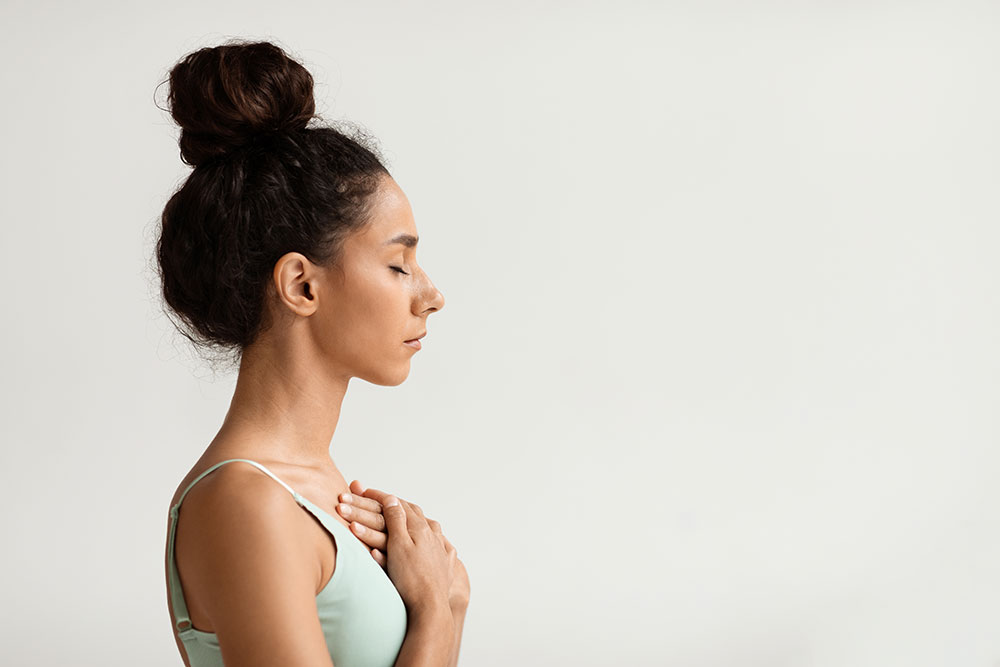
Joint Health and the Long-Term Effects of Good Posture
Your joints play a major role in everyday movement, and posture has a big impact on how they function. When your body is properly aligned, your joints can move smoothly and stay supported by surrounding muscles. But if you consistently sit or stand with poor posture, your joints may be forced into unnatural positions. This creates extra wear and tear; especially in the knees, hips, and shoulders which can lead to stiffness, discomfort, or even long-term damage. Good posture helps keep your joints in neutral positions, which reduces unnecessary stress and keeps everything working efficiently. It also allows your muscles to do their job properly, instead of relying too much on the joints for stability. Over time, this helps prevent joint pain and supports better mobility as you age. Whether you’re walking up stairs, carrying a bag, or reaching for something overhead, good posture can protect your joints and keep your body feeling strong and flexible. It’s one of those small habits that adds up to major benefits in the long run.
Confidence and Presence
Your posture is much more than just a physical habit but it’s a powerful tool that can shape both how you feel about yourself and how others perceive you. The way you carry yourself directly impacts your confidence, your presence in a room, and the impression you make on others. By simply adjusting your posture, you can not only boost your own self-image but also communicate a sense of strength and poise to the world around you. In this section, we’ll dive into how good posture positively influences your self-esteem, how it affects how others see you, and how it plays a critical role in social interactions. Whether you’re looking to build more confidence in your everyday life or make a lasting impression in important situations, the way you stand, sit, and move can make all the difference.
Posture and Self-Image- How You See Yourself
Your posture doesn’t just affect how others perceive you but it also plays a huge role in how you see yourself. When you stand tall and carry yourself with confidence, your self-image improves naturally. You feel stronger, more capable, and more in control of your surroundings. Conversely, poor posture, like slouching or hunching over, can create a sense of insecurity, even if you’re trying to project confidence. It’s a subtle but powerful shift. Good posture sends a message to your brain that you’re confident and ready to take on challenges, which helps you feel more positive about yourself. It also helps combat feelings of self-doubt or low energy that often come with bad posture. So, by simply standing taller and aligning your body properly, you can boost your mental and emotional well-being. This positive change in how you carry yourself often translates into a more confident outlook on life overall.
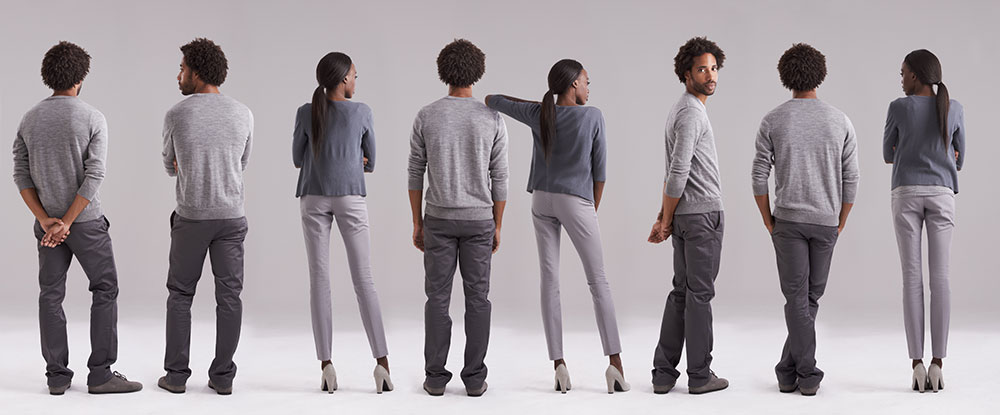
Posture and Perception- How Others See You
Your body language speaks volumes, and posture is one of the most powerful forms of non-verbal communication. When you stand with good posture, others tend to see you as more confident, trustworthy, and approachable. It signals to people that you’re self-assured, capable, and open to interactions. This can be especially helpful in social or professional settings, where first impressions matter. Imagine walking into a room with your shoulders back and your head held high; people are more likely to take notice and feel drawn to you. On the flip side, poor posture can have the opposite effect. Slouching or avoiding eye contact can make you appear less confident or even closed off. Over time, consistently maintaining good posture can influence how people respond to you, whether you’re meeting someone new, presenting an idea, or simply having a conversation. In essence, the way you hold yourself has the power to shape how you’re perceived, making good posture a simple yet effective tool for improving your social and professional presence.
How Posture Affects Social Interactions
Posture doesn’t just affect first impressions but it also plays a key role in ongoing social interactions. When you stand or sit with good posture, you send signals that you’re fully engaged and confident in the conversation. This can encourage the person you’re speaking to feel more comfortable and valued. For example, standing up straight during a conversation shows that you’re actively listening and present, making the other person feel heard. In contrast, poor posture can give off the impression that you’re distracted or uninterested. It’s not just about how you sit or stand; it’s about creating a connection through your body language. By aligning your posture with a sense of openness and confidence, you help foster more positive, fluid interactions. The right posture encourages better communication, trust, and mutual respect, whether in a casual chat or a more formal meeting. Over time, this can deepen your relationships and enhance your overall social presence.

Body Language and Elegance- The subtle power of how you carry yourself
The way you carry yourself through body language is one of the most powerful tools for communicating your inner confidence and sense of grace. It’s not just about how you speak or the clothes you wear; your posture, movements, and overall presence speak volumes. When you stand or sit with good posture, your body language sends a silent but strong message of composure and self-assurance. For example, standing tall with shoulders back creates a confident silhouette, while relaxed gestures can create an inviting and approachable atmosphere. This is the foundation of elegance: it’s not about being rigid or stiff, but about moving with poise, awareness, and ease. Your posture, gestures, and the way you interact physically with the world all contribute to how you project both your confidence and your elegance. Even small adjustments, like the way you hold your hands or your eye contact, can elevate the perception of your elegance, making you appear more composed and graceful.
Elegance is inherently tied to body language but it’s the art of moving with fluidity and grace. It’s about how effortlessly you walk, sit, or even speak, which creates an aura of poise that leaves a lasting impression. When your body language is aligned with elegance, it not only makes you look more refined, but it also helps you feel more confident and in control. Good posture and mindful body language work together to exude calm, confidence, and a quiet strength that others will naturally notice. This combination creates a sense of elegance that feels effortless, as though your presence alone commands attention. Whether you’re in a casual setting or a formal event, the subtle power of body language and elegance can make you appear more composed, confident, and graceful, all through how you carry yourself in every moment.
Posture and Longevity- The role of alignment in aging gracefully
As we discussed in the previous section, body language and good posture are not only essential for projecting confidence and elegance, but they also play a critical role in how we age. The way we carry ourselves has a lasting impact on our health, especially as we get older. Posture is foundational for maintaining both physical well-being and emotional balance as we age. By ensuring proper alignment of the spine and joints, we reduce strain on muscles and ligaments, which helps to prevent chronic pain conditions such as lower back pain, neck stiffness, and joint discomfort. Just like maintaining a graceful presence through posture boosts our confidence and poise, aligning our body correctly as we age ensures that we can continue to move comfortably and effortlessly. By prioritizing good posture, we support the longevity of our muscles and joints, which allows for a more active and pain-free lifestyle as we grow older.

In the context of aging, maintaining proper posture is crucial to preventing the postural changes that often occur over time, such as a forward-leaning spine or rounded shoulders. These common issues often develop from years of slouching or improper alignment, which can lead to discomfort and a restricted range of motion. In much the same way that good body language can enhance our self-image and presence, proper posture counteracts the negative effects of gravity and muscle weakening that naturally occur with age. By practicing mindful posture, we can protect our spine and joints, ensuring that weight is distributed evenly and reducing the risk of joint degeneration. This prevention is key to preserving mobility and reducing the chances of developing painful conditions such as hip and knee problems. Just as we align our body for elegance and confidence, proper alignment helps us age with strength and comfort, enhancing our ability to stay active and engaged in life.
Moreover, as we continue to explore the connection between body and mind, it’s important to note that good posture doesn’t just benefit our physical health but it also impacts our mental and emotional well-being. Maintaining an upright posture, even as we age, has been linked to improved mood, better stress management, and enhanced cognitive function. Similar to how good body language can project confidence and poise in our interactions, standing tall with confidence promotes a sense of vitality, helping us feel younger and more energized. This psychological benefit is particularly important as we age, as it supports a positive self-image and boosts self-esteem. Good posture, then, becomes a tool for not only preserving physical health but also fostering a youthful, confident mindset. By focusing on alignment and posture throughout our lives, we’re not just promoting longevity in our bodies but we’re also ensuring that we maintain mental clarity and emotional well-being as we grow older.
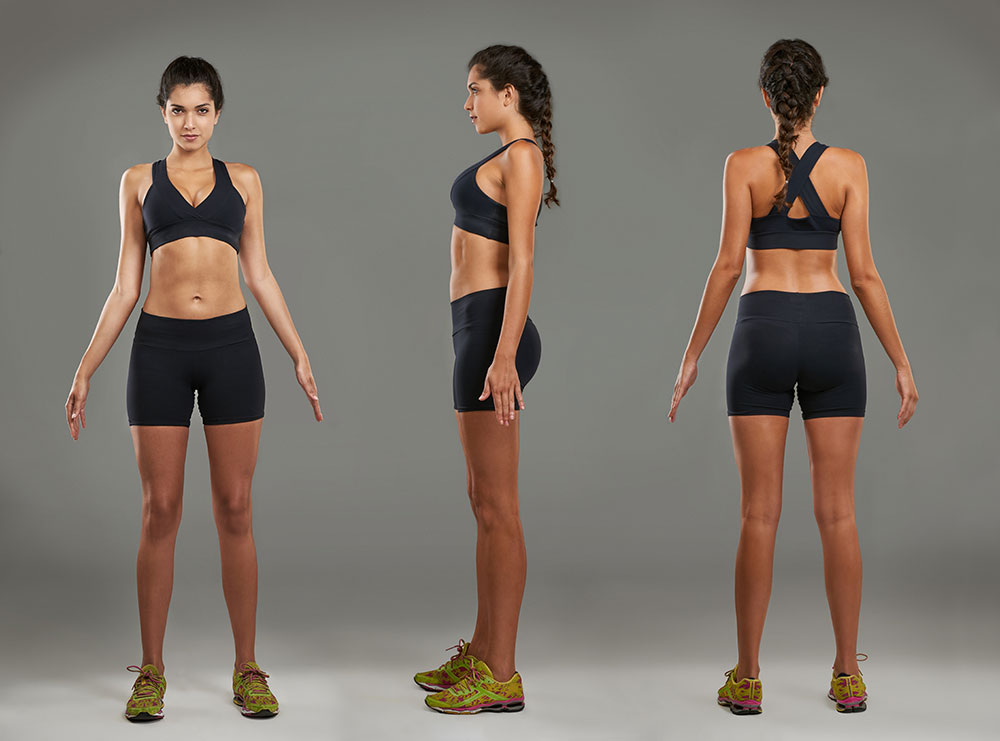
2- Understanding the Fundamentals of Good Posture
Good posture is the foundation for a healthy, active, and confident life. It’s more than just standing tall but it’s about aligning your body in a way that promotes strength, flexibility, and overall well-being. Proper posture ensures that your spine, joints, and muscles work together efficiently, reducing strain and preventing long-term damage. Understanding the basics of posture alignment is crucial for not only looking and feeling better but also for maintaining long-term physical health. In this section, we’ll break down the fundamental principles of good posture, including the importance of neutral spine alignment, key body points to focus on, and how to strengthen the muscles that support proper posture. We’ll also address common postural mistakes that can lead to discomfort or injury. By learning these basics, you’ll be better equipped to make lasting improvements to your posture, promoting better health and a more confident presence in your daily life.
Neutral Spine Alignment
The spine is one of the most important structures in the body, providing support for our head, shoulders, and torso, while also enabling movement and flexibility. One of the key aspects of maintaining good posture is ensuring that your spine is aligned in its natural, neutral position. The spine has three primary curves at the neck, upper back, and lower back; which help distribute the forces exerted on it during daily activities. When we talk about neutral spine alignment, we mean maintaining these natural curves without exaggerating or flattening them. This alignment allows the spine to function optimally, preventing unnecessary stress on the muscles, ligaments, and joints. A neutral spine reduces the risk of discomfort and pain, especially in the back and neck, by ensuring that the body’s weight is evenly distributed and that the spine is not overexerted in any particular direction. It’s crucial to recognize that good posture doesn’t mean forcing the back into a perfectly straight line, but rather supporting its natural shape.
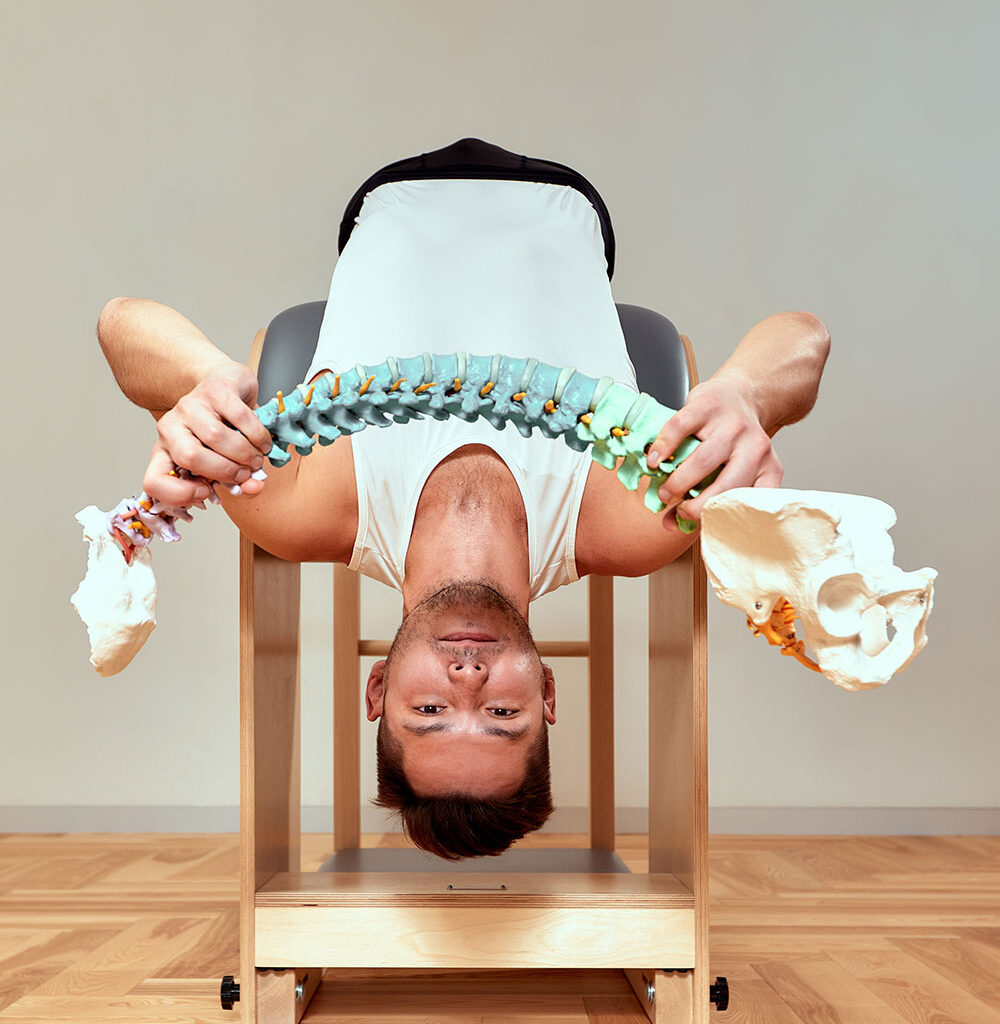
To achieve neutral spine alignment, focus on positioning your body in a way that supports the natural curves of your spine. When sitting, ensure that your lower back is supported, and your shoulders are aligned over your hips, avoiding slouching or excessive arching of the back. When standing, imagine a straight line running from the top of your head down through your spine to your feet, with your ears, shoulders, hips, and ankles aligned. This positioning prevents strain on the spine and reduces the risk of developing conditions like lordosis (an exaggerated curve in the lower back) or kyphosis (an excessive curvature of the upper back). By practicing neutral spine alignment daily, you allow your body to function efficiently, maintain comfort throughout the day, and set a solid foundation for other posture improvements, such as strengthening the muscles that support the spine and promoting overall mobility.
Key Body Points to Align (Head, shoulders, spine, hips, knees, and feet)
Achieving and maintaining good posture is not just about standing up straight but it’s about making sure every part of your body is aligned properly, working together in harmony. Each key body point, from your head down to your feet, plays a vital role in supporting your posture and ensuring that your body moves efficiently and without strain. When all of these points are aligned correctly, it reduces unnecessary stress on muscles, joints, and ligaments, helping you to feel more comfortable and confident throughout the day. In this section, we’ll dive into the specific body points that need to be aligned for optimal posture, including the head, shoulders, spine, hips, knees, and feet. Understanding the importance of each of these areas is crucial for building a strong, healthy posture that supports not only your body but also your overall well-being.

Head
Starting with the head, the goal is to keep your head aligned with your spine, with your ears directly above your shoulders. Many people tend to jut their head forward, especially when working at a desk or using electronic devices. This forward head posture puts extra strain on the neck and upper back, leading to discomfort and tension. To correct this, imagine a string pulling gently from the top of your head, lifting it up, and keeping your chin parallel to the floor. This alignment ensures that your neck remains in a natural, comfortable position, preventing unnecessary strain on the cervical spine.
Shoulders
Moving down to the shoulders, it’s crucial to keep them relaxed but pulled back, avoiding the common tendency to hunch or round them forward. When shoulders are slouched, the upper back rounds, which can lead to long-term muscle imbalances and pain. Properly aligned shoulders should be aligned with the ears, without arching forward or being excessively pulled back. Imagine your shoulder blades gently squeezing together, not in a forceful manner, but enough to encourage an open chest and a proud posture. This helps maintain the natural curvature of your spine, while promoting an upright and confident stance. The position of your shoulders affects the entire upper body, so it’s essential to adjust them to create a balanced posture.

Spine
Next, focusing on the spine itself, we need to consider maintaining its natural curves. The spine has three primary curves: a slight inward curve in the neck (cervical curve), a slight outward curve in the upper back (thoracic curve), and an inward curve in the lower back (lumbar curve). Keeping these curves in alignment ensures that the spine is neither over-extended nor slouched. The key to this is to avoid overarching or flattening the natural curves of the spine, which can lead to back pain and discomfort. Whether sitting or standing, make sure that the upper and lower parts of the spine are aligned and that the torso is balanced above the hips, preventing unnecessary strain on the back and neck.
Hips
Your hips also play a vital role in maintaining good posture. The pelvis should be in a neutral position, not tilting too far forward (which can cause the lower back to over-arch) or backward (which can lead to a flat lower back). To find your neutral pelvic position, gently rock your pelvis forward and backward and then settle into the middle position. When your pelvis is neutral, your spine is better aligned, and you reduce the risk of developing lower back pain. In addition, maintaining neutral hips ensures proper weight distribution across your body, which helps prevent issues like muscle imbalances or misalignment in the lower body. This alignment also supports the hips and ensures that the body moves efficiently.
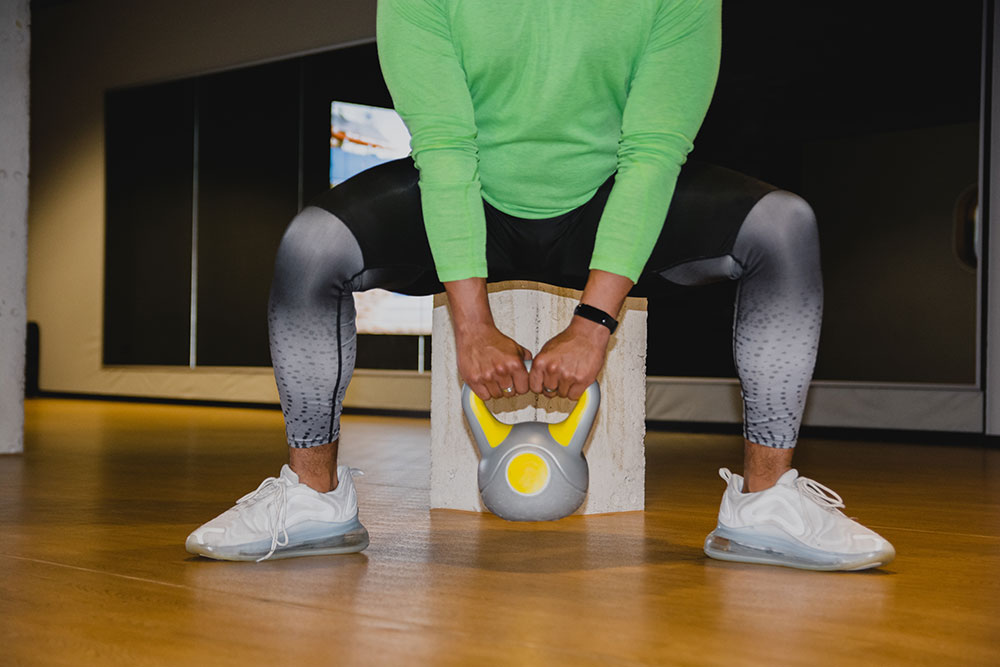
Knees
As we move further down the body, the knees should also be in alignment with the hips and feet. When standing, avoid locking your knees, which can put unnecessary strain on the joints and lead to poor circulation. Your knees should be slightly relaxed, not bent, but not fully locked. The knees should point straight ahead, aligned with the direction of your toes. This alignment helps prevent knee pain and discomfort, and supports the natural motion of walking and running. If your knees are misaligned, it can lead to imbalances that affect the rest of your body, especially the hips and lower back.
Feet
Lastly, the alignment of your feet plays a crucial role in maintaining good posture. Your feet should be hip-width apart, with your weight evenly distributed across the arches of your feet. Avoid leaning forward onto your toes or backward onto your heels, as this will throw off your posture and lead to imbalance. To check your alignment, ensure that your knees are in line with your toes and that your feet are pointing straight ahead. When walking or standing, keeping your feet properly aligned helps distribute your body weight evenly and maintains the natural balance of your body. By focusing on the alignment of all key body points from head to feet; you create a posture that reduces strain, improves mobility, and supports overall health.

Postural Muscles– Strengthening the core, back, and pelvic muscles for support
Good posture relies not just on awareness and alignment but also on the strength of the muscles that support the spine and keep it in place. The core, back, and pelvic muscles play an essential role in maintaining a stable and upright posture. These muscles act as a support system for the spine, ensuring it stays aligned and reducing the risk of pain and injury. Strengthening these postural muscles not only improves posture but also enhances balance, flexibility, and overall physical health. In this section, we’ll explore how strengthening the core, back, and pelvic muscles can provide the stability needed for good posture, and we’ll discuss exercises that can help target these key muscle groups.
Core Muscles- The Foundation of Posture
The core muscles are crucial for maintaining stability and balance, and they are at the foundation of good posture. The core isn’t just your abdominal muscles; it also includes the muscles around your lower back, pelvis, and sides. These muscles work together to stabilize your spine and pelvis, preventing slouching or overarching, both of which can cause discomfort or injury over time. When your core muscles are strong, they help keep your torso upright and prevent strain on the back and neck muscles. A strong core also allows for more fluid movement, whether you’re sitting, standing, or walking. To strengthen your core for better posture, focus on exercises such as planks, bridges, and leg raises. These exercises engage the entire core area, building the strength needed for daily activities and long-term postural health.
Back Muscles- Supporting the Spine and Upper Body
Your back muscles, especially those along the upper and lower spine, are key to supporting your body’s posture and alignment. These muscles help you maintain an upright position by stabilizing the spine and allowing it to move with ease. A weak back can lead to poor posture, as the muscles responsible for supporting the upper body may become strained or fatigued, leading to slouching or discomfort. Strengthening the back muscles also helps reduce the risk of developing chronic pain, particularly in the lower back. To improve back strength, exercises like back extensions, rows, and superman stretches are effective. These movements target the muscles along the spine, improving posture and encouraging better spinal alignment. In addition to strength, flexibility in the back is important to ensure you don’t develop stiffness or discomfort, so incorporating stretches like cat-cow and child’s pose can also be beneficial.

Pelvic Muscles- The Key to Lower Body Alignment
The pelvic muscles play a vital role in supporting the spine and maintaining proper alignment. A neutral pelvic position is essential for good posture, as it helps prevent overarching or tilting the lower back. Weak pelvic muscles can cause the pelvis to tilt forward or backward, disrupting the alignment of the spine and leading to discomfort in the lower back and hips. Strengthening the pelvic muscles, including the muscles of the pelvic floor, helps stabilize the pelvis and promote proper alignment. Exercises like pelvic tilts, bridges, and squats can help target the pelvic muscles, improving posture and reducing the risk of injury. Additionally, strengthening the pelvic muscles provides better support for the lower body, enhancing mobility and reducing strain on the hips, knees, and lower back.
Common Postural Mistakes– Slouching, rounded shoulders, and forward head posture
Even with the best intentions to maintain good posture, there are several common postural mistakes that many of us unknowingly make throughout the day. These habits can cause strain on the muscles and joints, leading to discomfort, fatigue, and even long-term health issues. Recognizing these postural errors is the first step in addressing them and improving overall alignment. In this section, we’ll focus on three of the most common mistakes: slouching, rounded shoulders, and forward head posture. By understanding the causes and effects of these misalignments, you can make conscious efforts to correct them and adopt healthier posture habits.
Slouching
Slouching is one of the most common and harmful postural mistakes. It occurs when the spine is not aligned properly, causing the back to curve forward and the shoulders to droop. Slouching can happen in a variety of situations, whether you’re sitting at a desk, lounging on the couch, or even standing. Over time, slouching places excessive pressure on the lower back and spine, leading to discomfort, muscle fatigue, and even long-term spinal issues such as herniated discs or misaligned vertebrae. One of the key factors that contribute to slouching is weak core and back muscles, which fail to support the spine properly. To avoid slouching, focus on keeping the shoulders back and the spine elongated, making sure your torso stays aligned with your hips. Sitting up straight with your feet flat on the floor, knees at a right angle, and back supported can help break the habit of slouching and promote a more natural, upright posture.
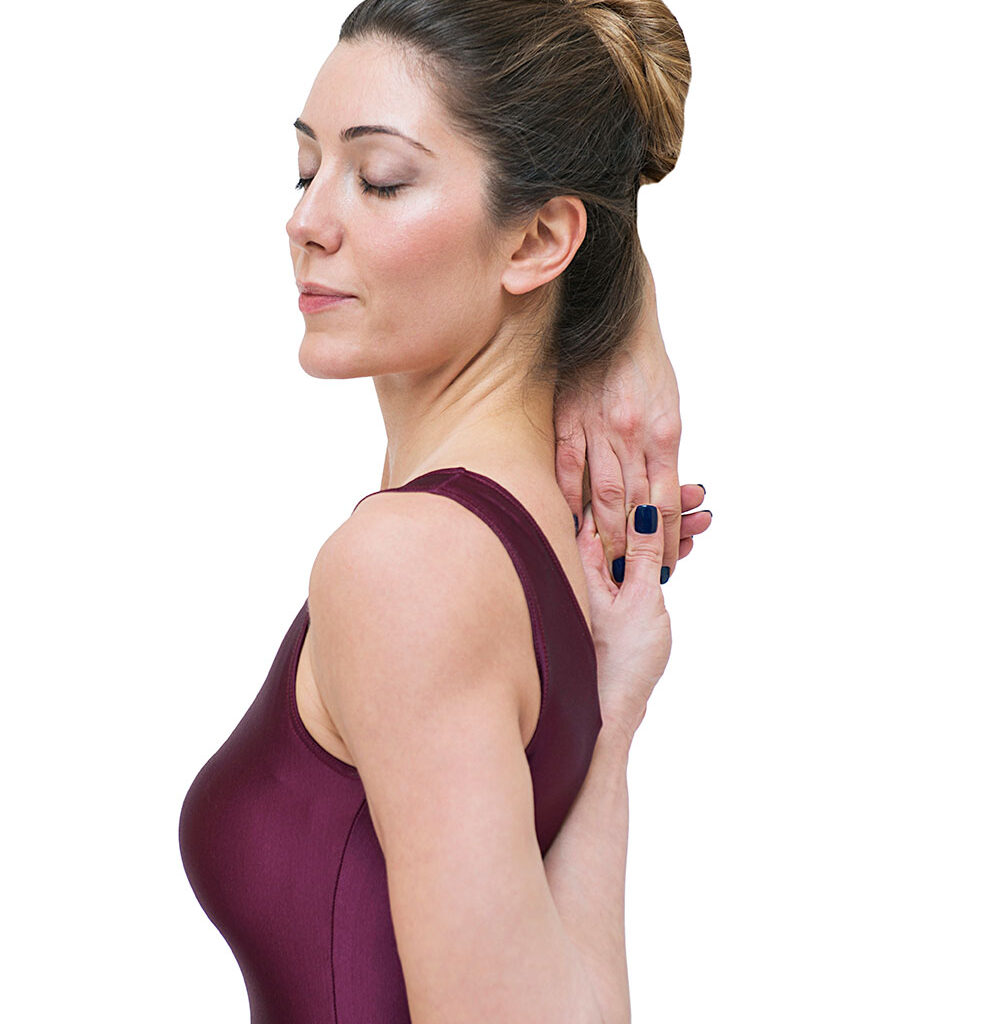
Rounded shoulders
Rounded shoulders are another common postural mistake, particularly for individuals who spend long hours working at a computer or looking down at devices. This occurs when the shoulders roll forward, causing the upper back to round. Rounded shoulders not only affect the appearance of your posture but can also contribute to neck and upper back pain, as well as shoulder stiffness. When the shoulders are rounded, the muscles of the chest and front of the body become tight, while the upper back muscles weaken. This imbalance creates poor alignment in the shoulders and spine. To fix rounded shoulders, focus on strengthening the muscles of the upper back, such as the rhomboids and trapezius, while stretching the chest muscles. Regularly performing exercises that pull the shoulder blades back, such as rows or reverse flies, can help correct rounded shoulders and bring them back to a neutral position. Additionally, being mindful of your shoulder position throughout the day; especially when using a computer or phone can help break the habit of rounding them forward.
Forward head posture
Forward head posture is a common mistake that results from leaning the head too far forward in relation to the spine. This often happens when people look down at their phones or computers for long periods, or when sitting for extended periods with poor alignment. As a result, the neck muscles work harder to support the weight of the head, leading to tension, pain, and even headaches. Over time, forward head posture can lead to an increased curvature in the neck and cause stiffness and discomfort in the upper back and shoulders. To correct forward head posture, it’s important to practice “chin tucks,” which involve gently drawing the chin in to realign the head with the spine. Also, paying attention to your screen height and ensuring that your neck is in a neutral position while sitting or standing can help prevent this issue. Strengthening the muscles of the upper back and neck, along with improving overall posture awareness, can significantly reduce the effects of forward head posture.
Continue Reading
- How to have a good posture and walk elegantly / Part 1
- How to have a good posture and walk elegantly / Part 2
- How to have a good posture and walk elegantly / Part 3
- How to have a good posture and walk elegantly / Part 4
- How to have a good posture and walk elegantly / Part 5
Written By: Muskaan Khojestagan



Add a Comment